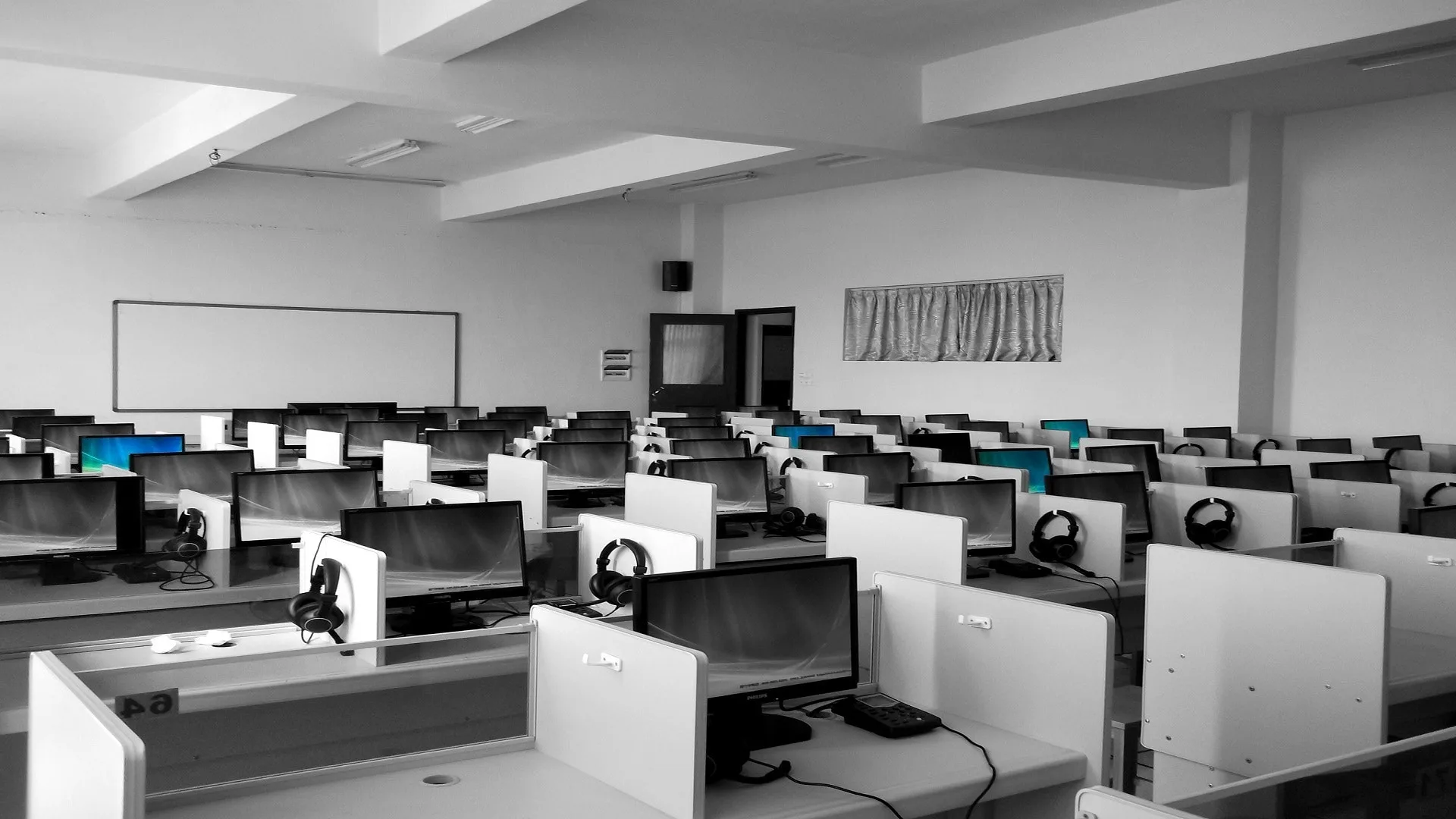This article will provide information about a computer network’s structure, types, and components. This article will discuss the types of devices used, who uses them, how they are organized and maintained, and what steps to take when troubleshooting a network. A computer network is an arrangement where all computers, laptops, and scanners are connected to a server or workgroup environment. A workgroup environment is a network in which all computers and devices are connected. This allows them to work independently, but all computers can be connected. This environment allows for sharing of storage and printers. This network will enable users to simultaneously access files from different users. There are three types of networks: small, medium, and corporate. Most computer devices connected to a network are wired or wirelessly via routers and switches. A router is a device that connects devices. Multiple client ports are available on a router to connect computers in a LAN environment. One port is designated for wan connections. This can connect the router to another router or an ISP modem. A router can perform many functions. It can be set up for dynamic or static IP addresses or used as a firewall. The switch can be used the same manner as the router, but it has limited functionality, such as assigning static IP addresses to connected devices. There are three types of networks: LAN, PAN, and MAN.
A network’s primary purpose is to allow staff to share and use resources within an office or business environment. Client computers connect to a server-based climate and store and share various resources such as files, printers, applications, scanners, data, and other files. It is possible to communicate via email and message in a network environment. The Exchange server is used to store email data. This allows all users, from the CEO to the worker, to take advantage of the email system. The exchange server stores all email data related to users and senders. Data storage is another important use of a network. All users have to be registered on the server. Users have access to folders that can hold their data. Each user has specific rights to folders on the server. Administrators create permissions for network users. Administrators grant them specific licenses to prevent one user from accessing other users’ data. The server operating system allows for different methods to accomplish this. Before giving access to the server environment, the server authenticates users. It is, therefore, a safe environment for work. All users can access other devices, such as printing documents, copying important correspondence, and scanning it. Users also have VPN benefits.
Hardware and software are the two main components of a network. The software can be found on clients, servers, tablets, and application software on routers. It also includes client firmware, server firmware, printers, scanners, and other drivers. Administrators and support personnel are responsible for all software and hardware issues. These people are your first point of contact for basic troubleshooting. Highly skilled technical support professionals are required for more advanced assistance, especially hardware support. Support people and network administrators are typically technically-skilled. They have extensive experience supporting the network, the primary platform for a business’ operations. Users and employees can’t work or do their daily operations if the grid goes down.
Network troubleshooting involves many technical terms and steps. Problems with a network include:
- Slow networks.
- Poor wifi signals.
- Input and output problems.
- Issues with storage devices and storage devices.
Cable failures, ram, hard drives, or connection problems are all possible. High CPU usage on clients and servers, DNS speed, network interruptions, natural and accidental catastrophes, and hardware failures like routers, servers, printers, and cable lines, DNS speed, DNS blackouts, DNS speed, and slow lookups are all symptoms of software problems. You can also get rid of junk program files, update drivers, operating systems, and firmware, and take other steps to make your devices more efficient and faster. The network people can also help with data recovery and repairs of QuickBooks, Spreadsheets, and other accounting software. Mail, Exchange Servers, Outlook client support, Mac mail Support, and Social Media related Problems. They troubleshoot all types of servers and operating systems. VPN (Virtual Private Network), setup, troubleshooting, and encryption of connections hiding IP addresses, connection with LAN/WAN. Support professionals and administrators use ping commands, tracers, and Netstat to troubleshoot ISP-related issues, check database logs, and detect viruses and malware. Configuration, troubleshooting, connectivity, and user authentication for wireless routers. Other topics include problems due to human error, new design, power loss, or network loss.
For any network environment, hardware or software installation is essential. Software-related jobs include installing Windows OS X, Apple OS X, IOS, and MS Office. All devices and client computers. The hardware consists of purchasing new routers, installing cables, and slow workstation computers, including Macs, Windows operating systems, and Apple osx-based clients and servers. Configure switches and run lines from clients to servers, printers, scanners, and photocopiers. Replace old equipment such as routers, printers, and PCs, iMac pro, MacBook pro, or Mac mini, and run cables from switches to clients, servers, printers, photocopiers, and scanners. Other hardware installations include raid arrays setup; raid ranges troubleshooting and repair, raid arrays replacement in the attack, setting-up external storage, time machine setup to small networks, data recovery from external storage, and raid arrays. You can add iPads, iPhones, and laptops to your network. Hardware troubleshooting covers problems such as access points, bridge (repeater), hub, gateway, modem and network interface card (NIC), microphone, webcam, keyboard, sound card, operating systems, system files, boot, database, and trackpad.

